In reaction to Russia’s invasion of Ukraine last February, many multi-national companies with business in Russia announced intentions to suspended or closed their operations. This week, for example, McDonald’s divested locations reopened sans the Big Mac. Just a side story related to another unfolding tragedy. Too much of the news these days gives one pause. Yet, the story of McDonald’s closing in Russia focused my attention in a particular way.
An op-ed article – McDonald’s exit from Russia ends a hopeful era – notes the symbolism. It was the opening of the first McDonald’s location in Moscow that signaled the transition of another era, the end of the Cold War. The article includes a photo from the opening of that first outpost in Moscow’s Pushkin Square in January 1990.
I have been to that very McDonald’s.

On the 18th of June 1992 – just 6 months after Mikhail Gorbachev resigned and Boris Yeltsin became the president of the Russian Federation – I, as part of a high school travel program, was in Moscow. In the notes from my travel journal of that day I scribbled, “we stopped by the Moscow McDonald’s between dinner + Red Square.” Apparently, the irony of seeing Lenin’s Tomb with his preserved body and going to Mickey D’s on the same day wasn’t worth commenting on at the time.
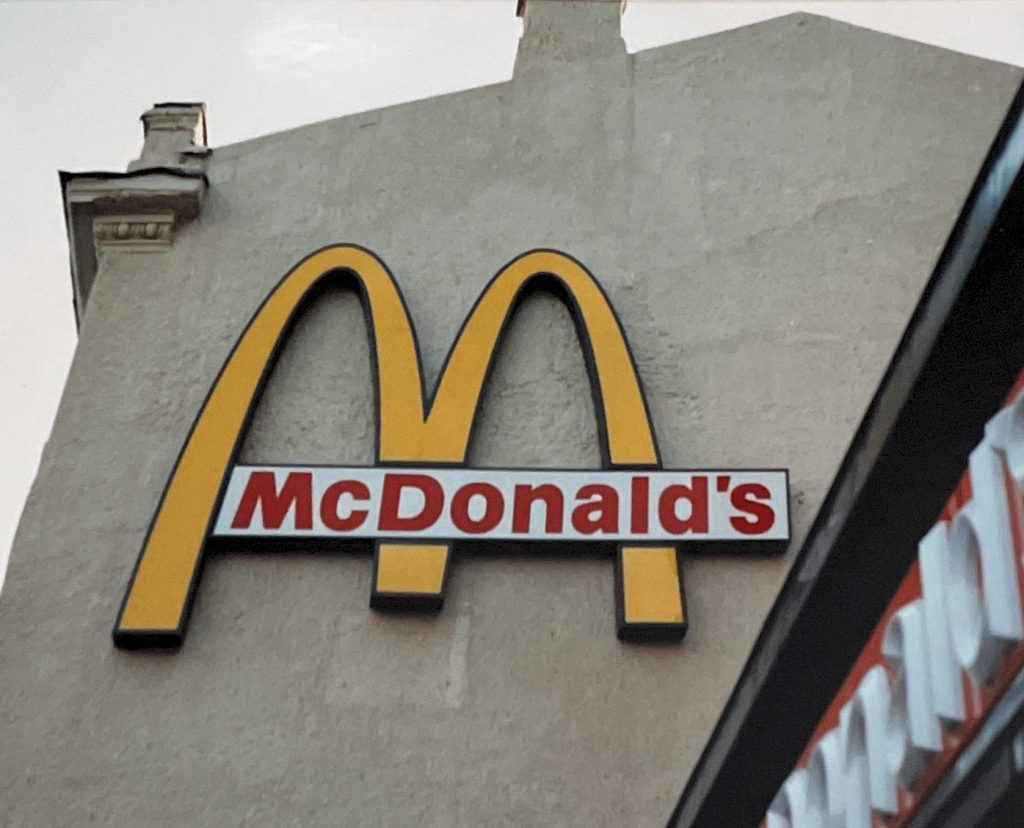
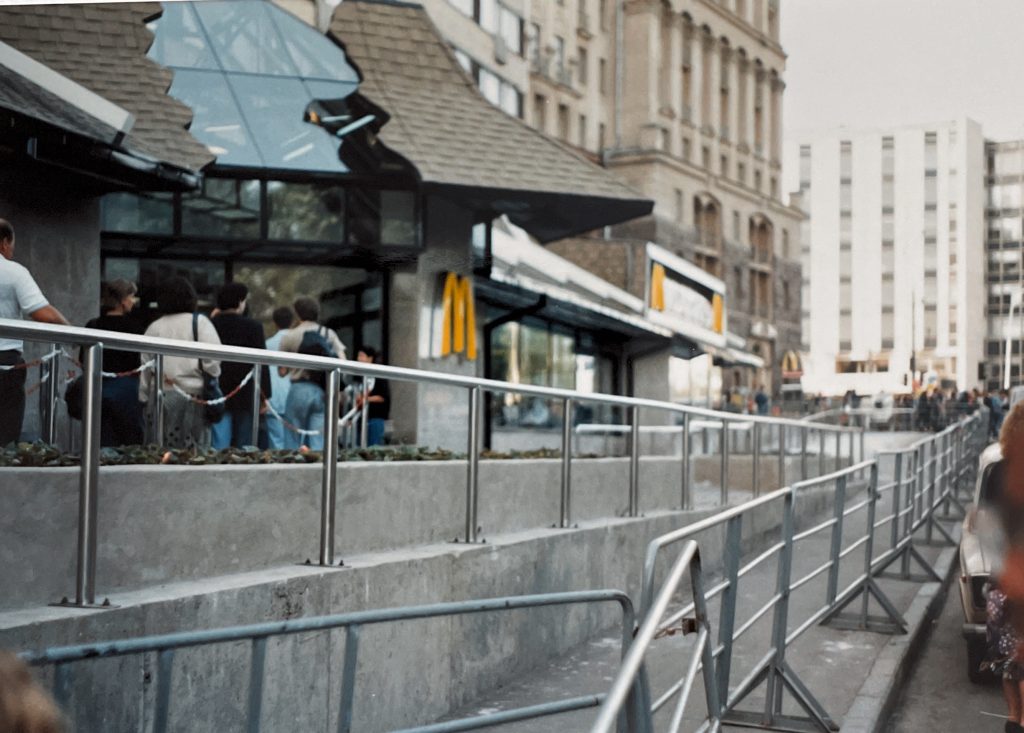
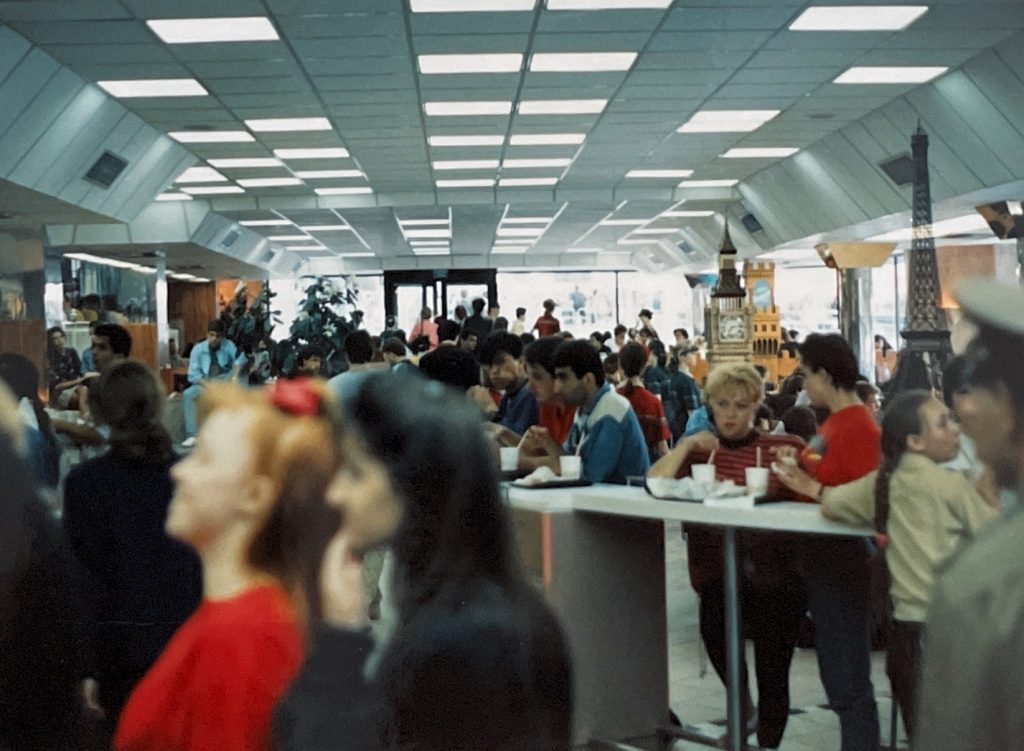
Just prior to arriving in Moscow our travel group spent a few days in Washington D.C. to prep for our month-long travels in Europe1. In a bit of cosmic chance, Boris Yeltsin was also “in town” for a summit with George H.W. Bush on nuclear warhead reduction and economic aid.
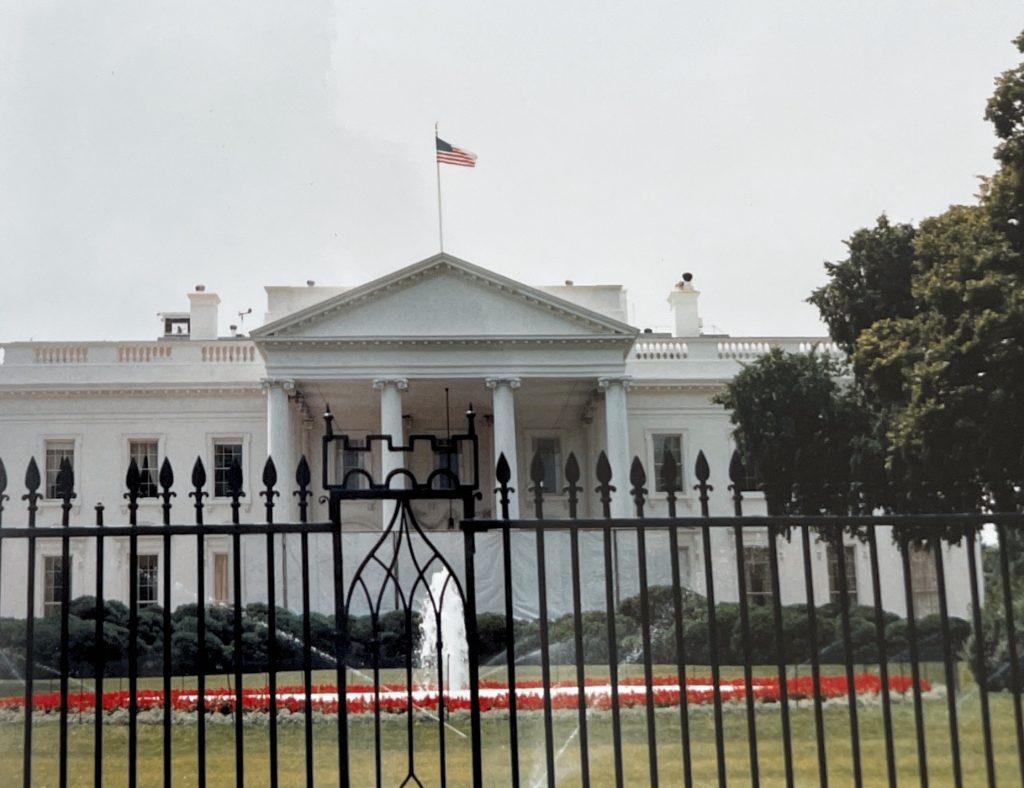
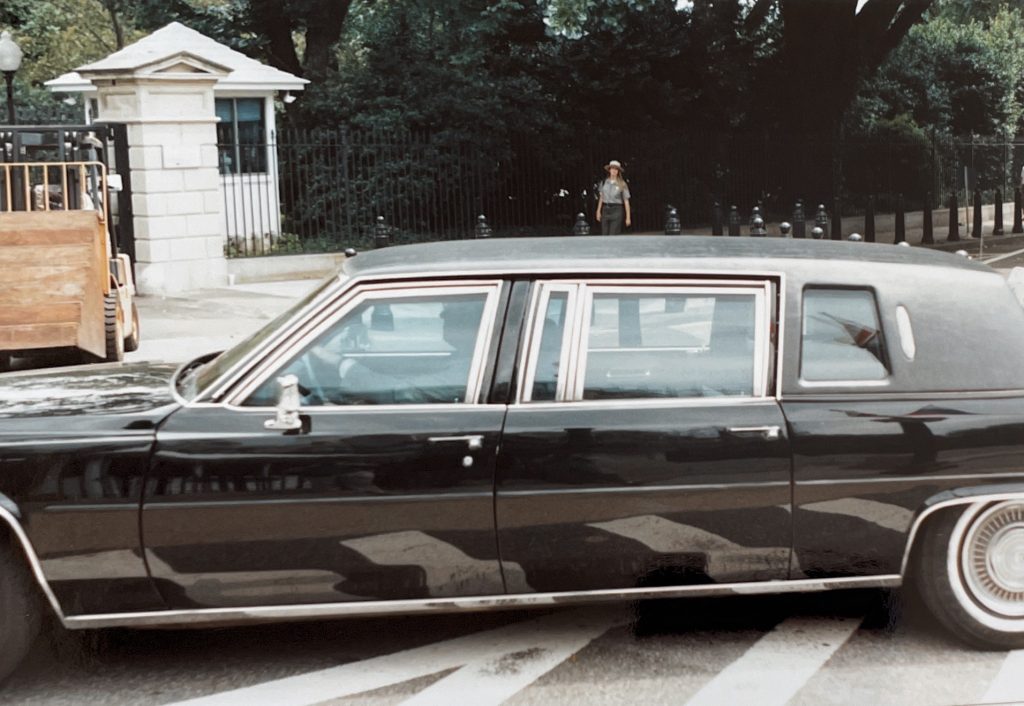
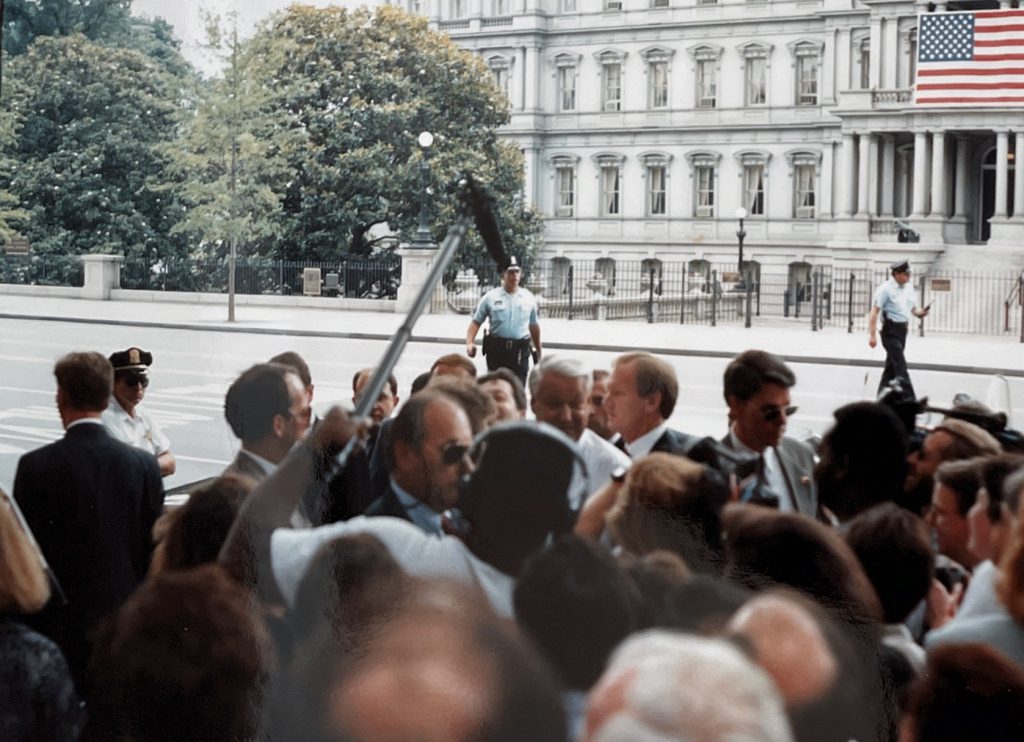
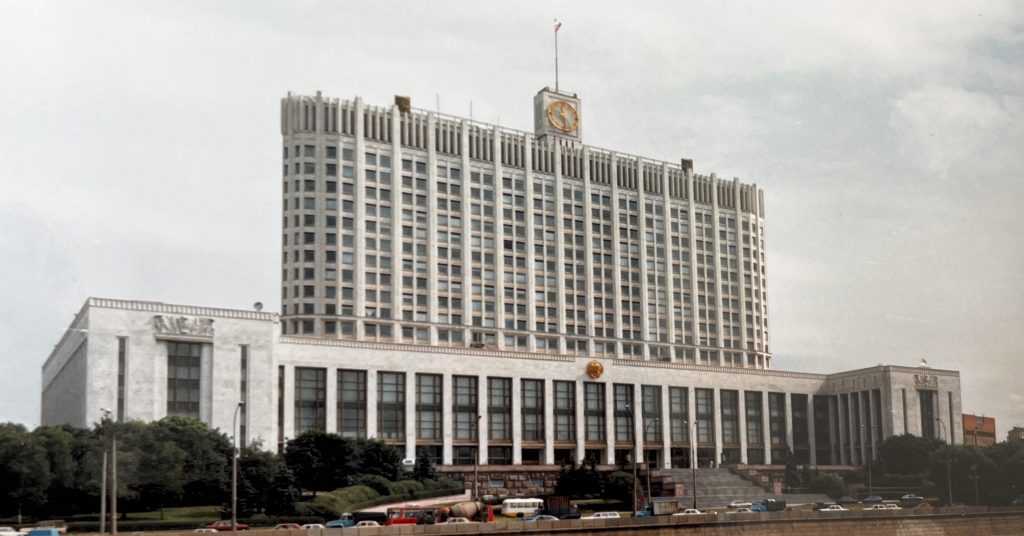
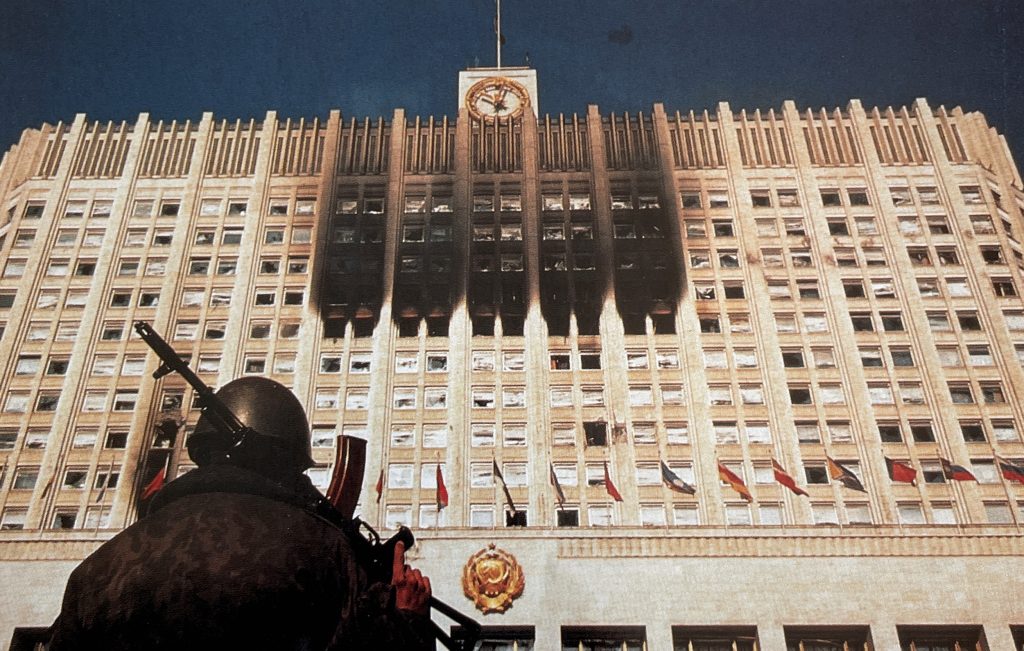
In fact, during our trip Russia was experiencing hyperinflation. That June the exchange rate, which fluctuated rapidly each day – averaged around 1 U.S. dollar for 100 rubles2. The net result for us was, while we had been briefed to bring Western consumer goods with us (e.g. jeans) to trade with, at most street markets Muscovites showed more interest in our dollars than our jeans.
Alas, the recent past has shown that the collective optimism of the 1990s formed from witnessing the end of history was but a false sense of security. The seeds of trouble for this new millennium, from 9/11 to Putin’s Russia took root while we all imagined a better world. If People to People, the program I traveled with 30 years ago, is any indication, as they too have suspended all operations for 2022, “due to unprecedented international issues.”
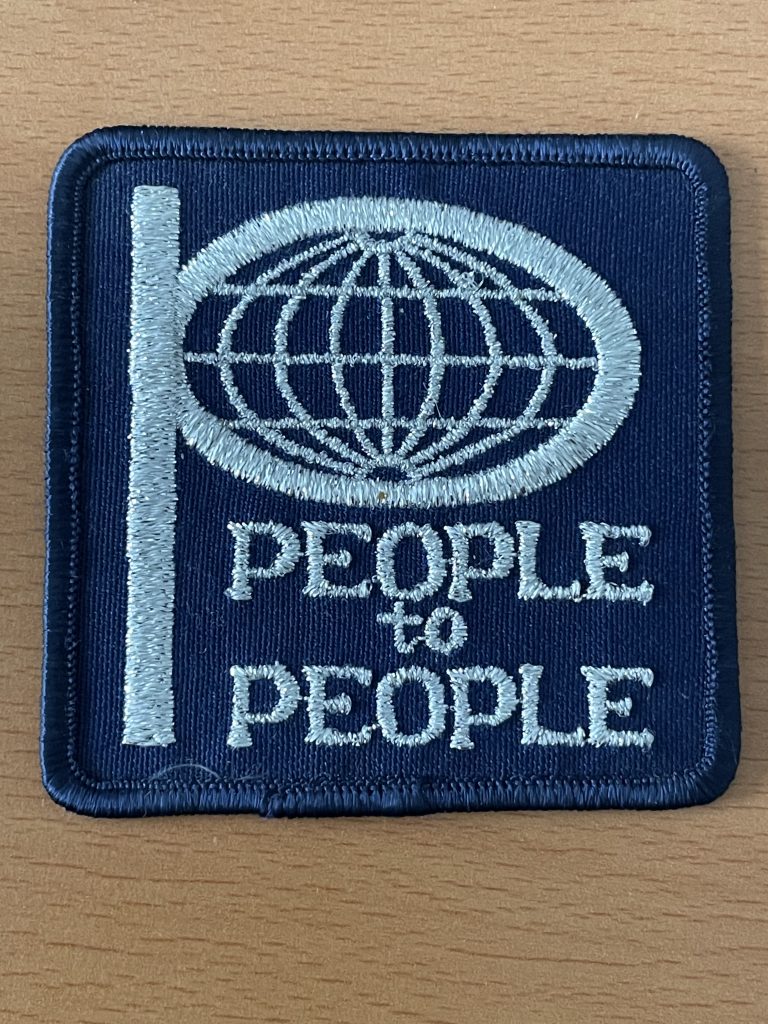
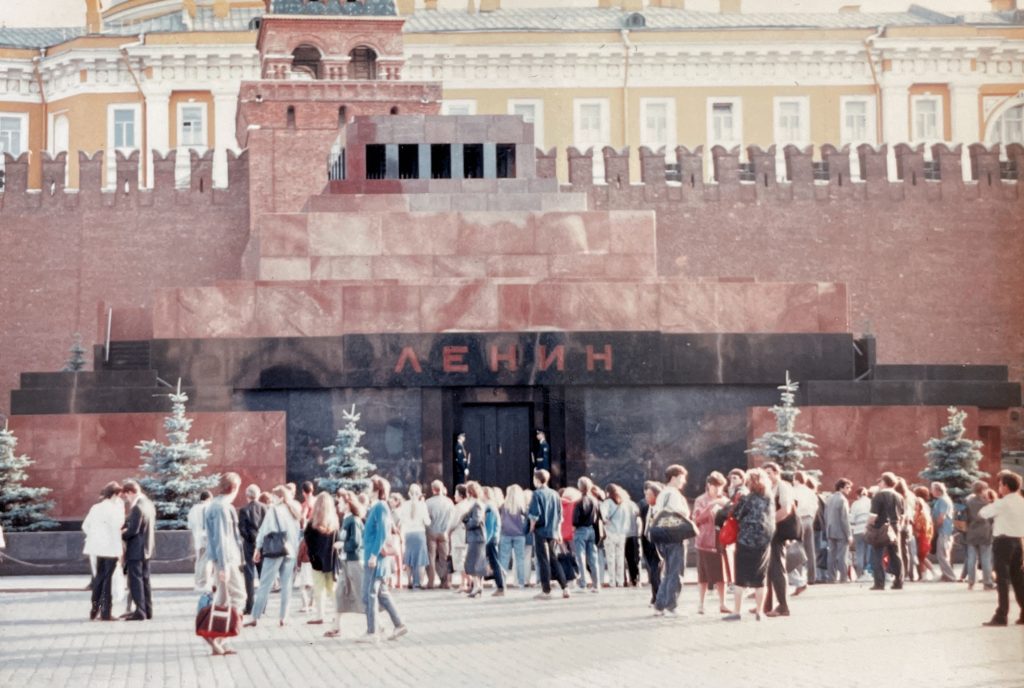
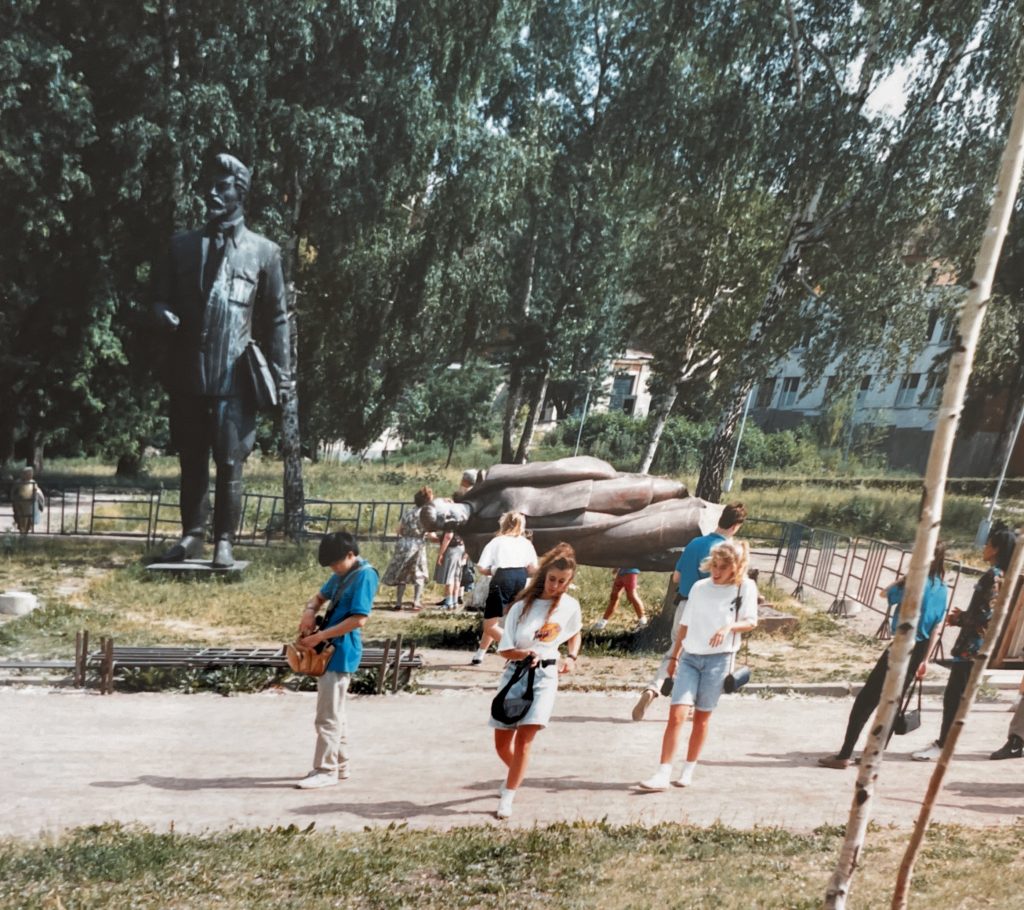
1 In 30 days we traveled to Moscow, Saint Petersburg (Leningrad), Helsinki, Stockholm, Copenhagen, London and points in between.
2 A Wikipedia article says, “from July 1992, when the ruble first could be legally exchanged for United States dollars, to October 1995, the rate of exchange between the ruble and the dollar declined from 144 rubles per US$1 to around 5,000 per US$1.”